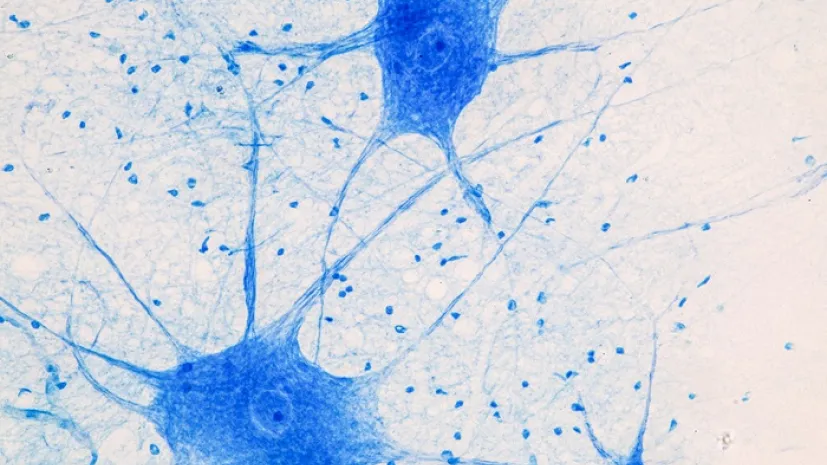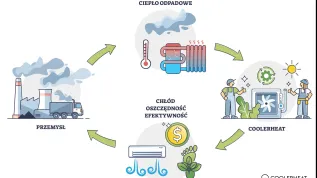-
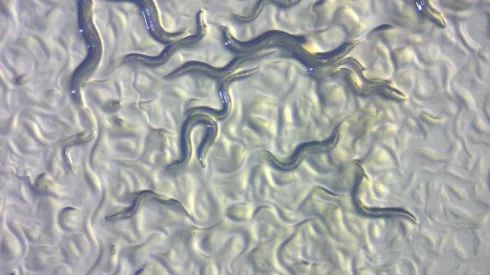
How social signals at cellular level affect nematode reproduction
Recent research from Polish scientists sheds new light on how environmental factors and social interactions influence the production of certain vesicles - exophers - in nematode muscles. The researchers previously demonstrated the importance of exopher production in the regulation of reproduction.
-
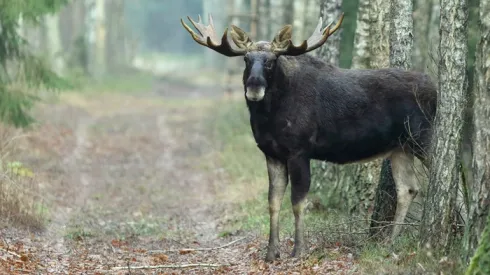
Researchers investigate changes in the size of elk antlers during non-hunting period
In Poland, we now can more often observe male moose with palmated, 'shovel-shaped' antlers. This is the result of the moose hunting ban in force since 2001. Researchers confirmed it by analysing photos posted on social media.
-
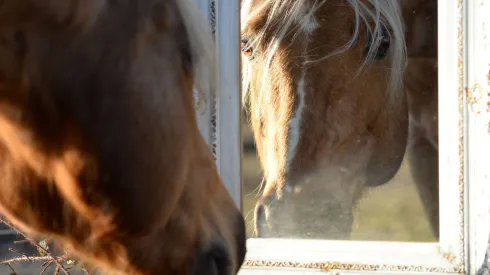
Some horses recognise their reflections in mirrors, says expert
Some animals have a well-developed self-awareness, but it is difficult for us to measure it using a simple mirror test. However, during research on horses, some of them behaved in a way that suggested that they recognised themselves in a mirror, says Dr. Tomasz Smoleń from the Department of Cognitive Science at the Jagiellonian University.
-

Scientists investigate whether trams can help urban nature
International research involving scientists from Poland, Germany and Brazil has been exploring why trams have an impact on biodiversity in urban areas.
-
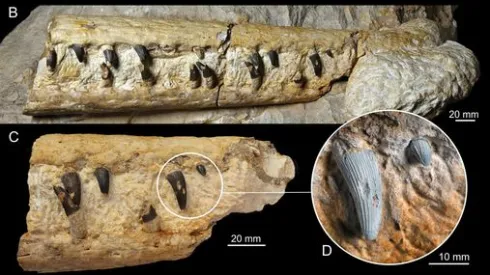
Researchers re-examine ancient crocodylomorph from Załęcze Wielkie
Scientists have re-examined the remains of a prehistoric marine reptile found in the 20th century in the village of Załęcze Wielkie (Łódź province). This distant relative of modern crocodiles was about four metres long and had a visible jaw injury, which it probably suffered in the first years of its life.
-
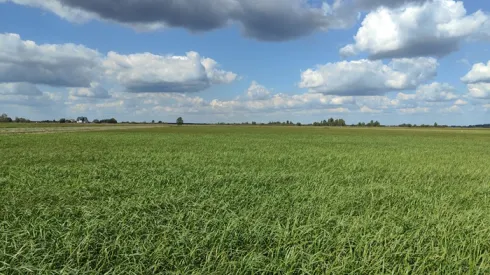
Peatland vegetation diseases can be detected with AI and satellite systems
AI algorithms combined with satellite Earth observation systems effectively detect diseases of peatland vegetation, according to research conducted by scientists from the Remote Sensing Centre of the Institute of Geodesy and Cartography.
-
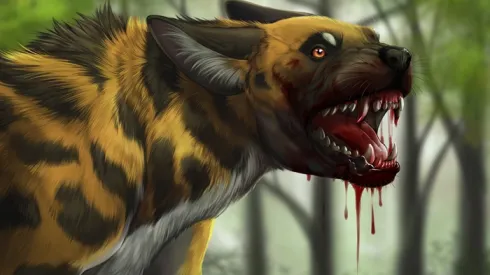
Canine 'Jack the Ripper' - last Eurasian lycaon from Polish lands
We know lycaons from Africa, but about half a million years ago these predatory mammals also existed in the lands of today's Poland. Scientists who examined the remains of the last Eurasian lycaon from the Wieluń Upland call it the canine Jack the Ripper. It was able to knock down very large prey and eat its entire body.
-
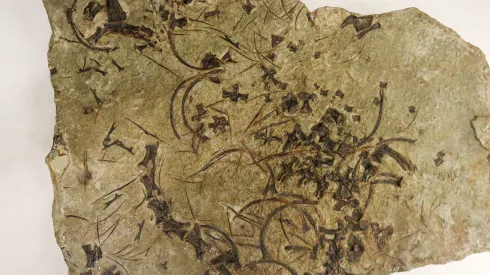
New 245-million-year-old reptile with very long neck discovered
Trachelosaurus, a newly discovered reptile that lived about 245 million years ago, had a very long neck and a long spine. An international team of palaeontologists demonstrated this by going back to a description from a hundred years ago, when the bones were believed to come from several animals. Today it is known that they were the skeleton of one individual.
-
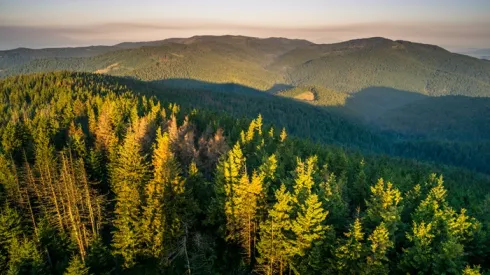
Scientists develop tool for precise identification of valuable forests
Scientists from Poland and Sweden have developed a computer tool that allows them to precisely identify forests with the highest ecological value. It can be used to plan forest protection and restoration.

